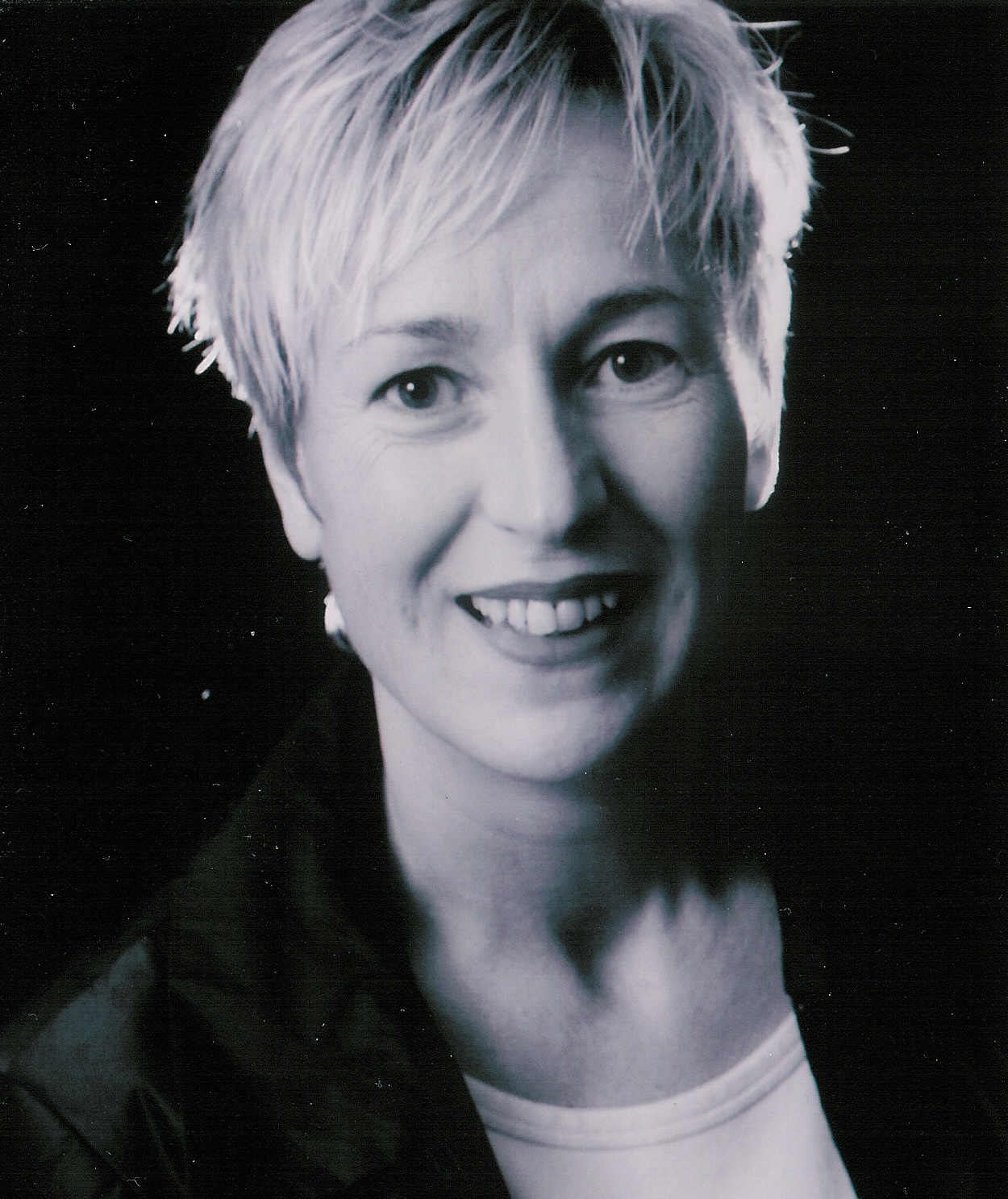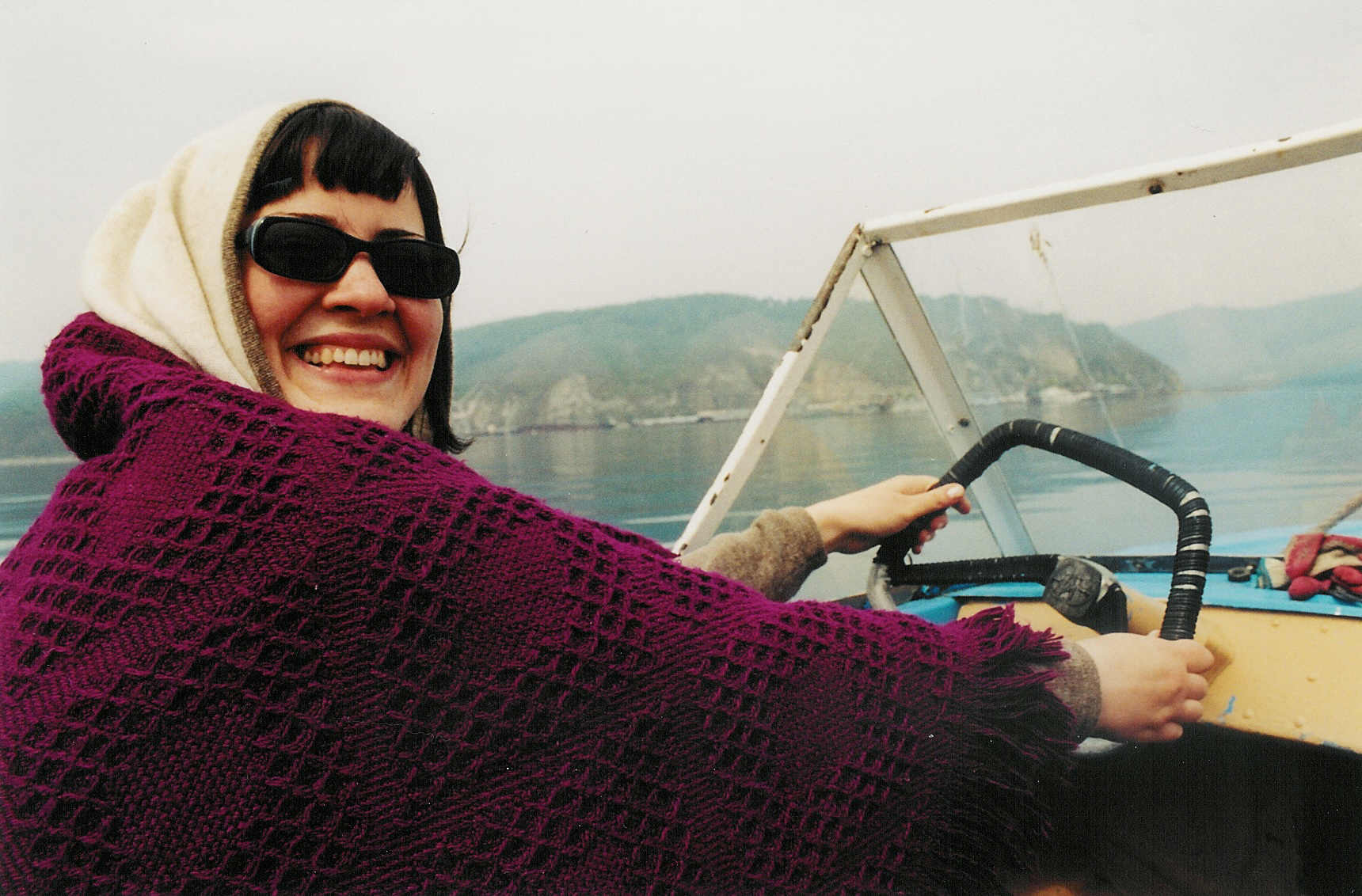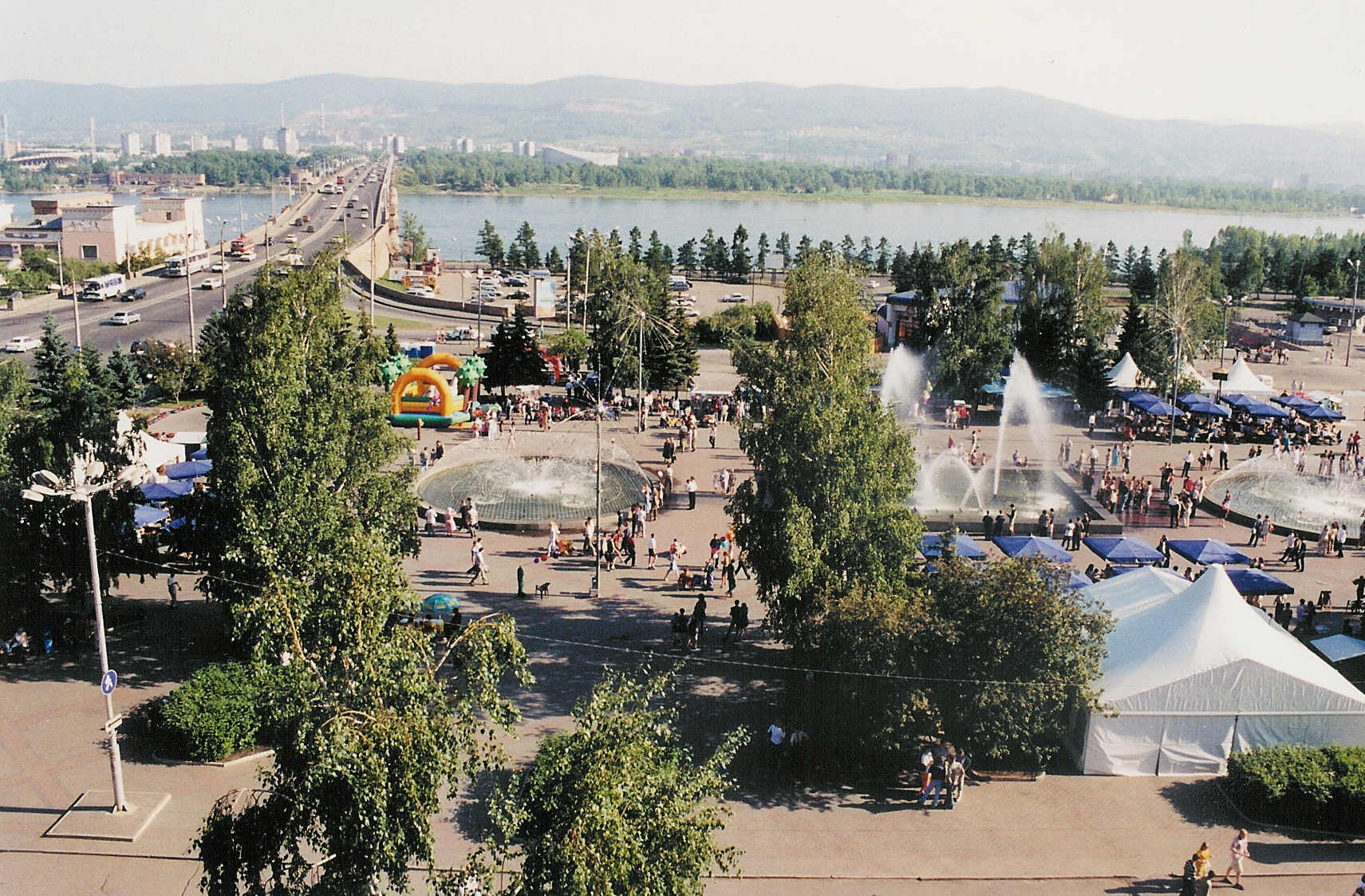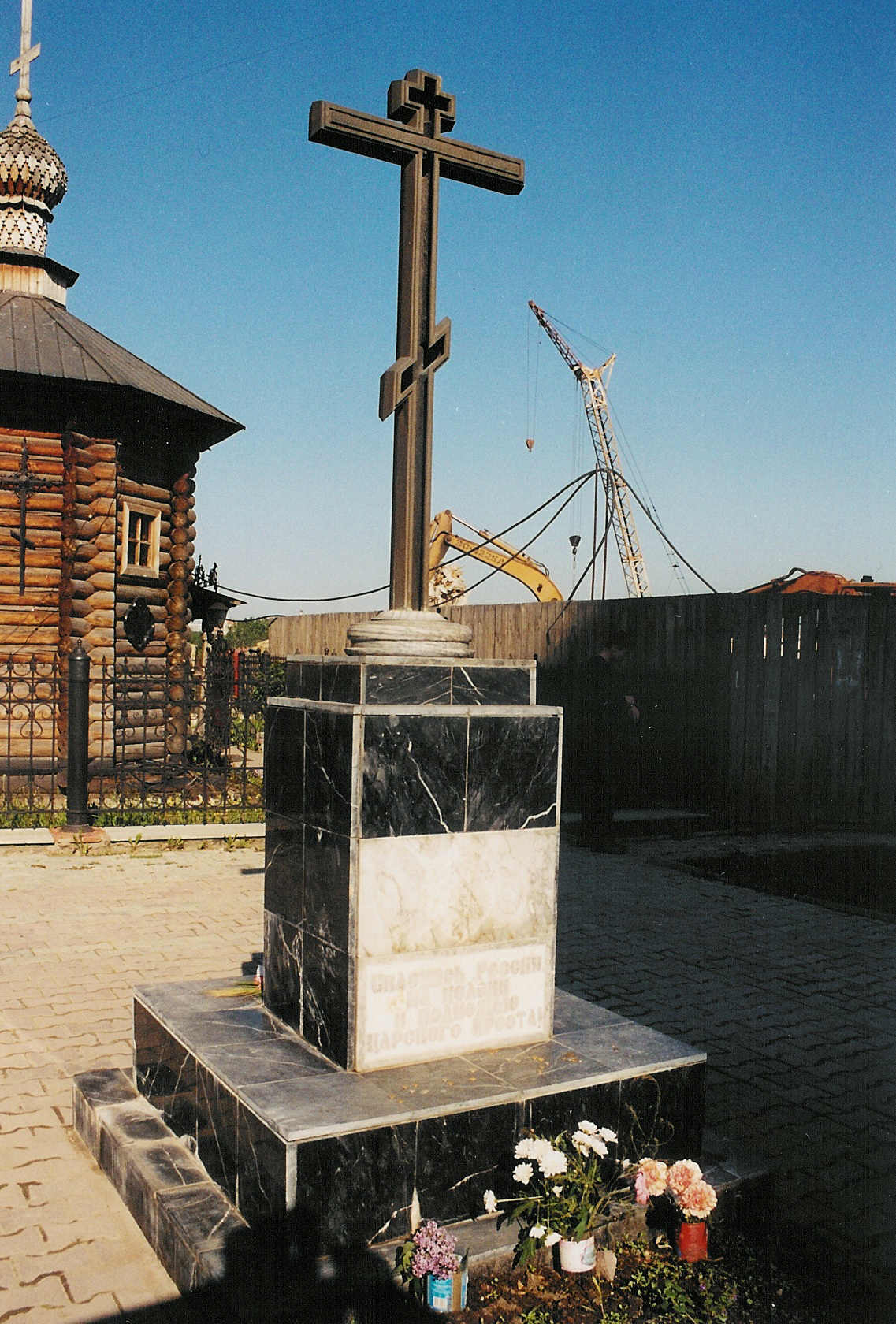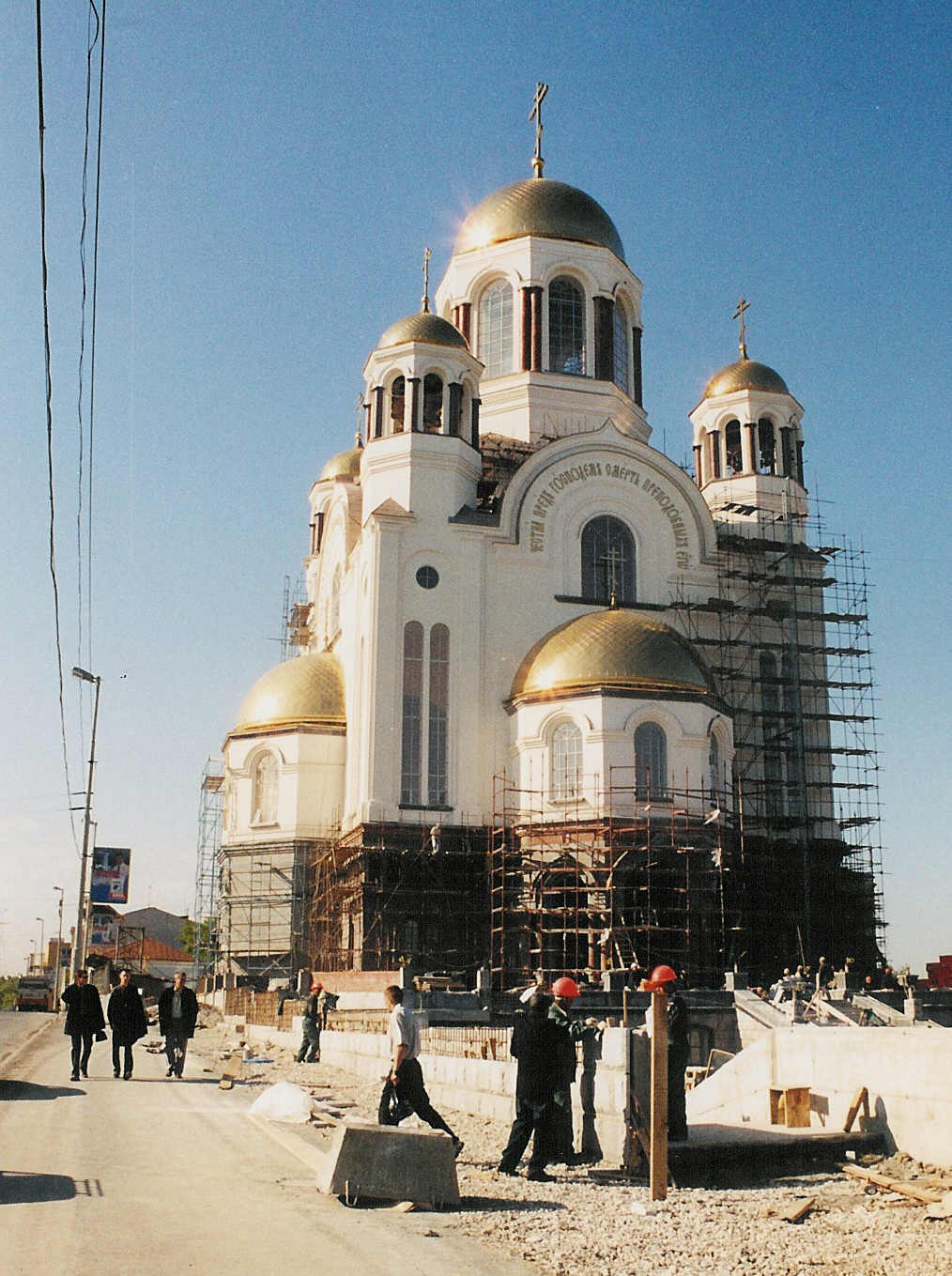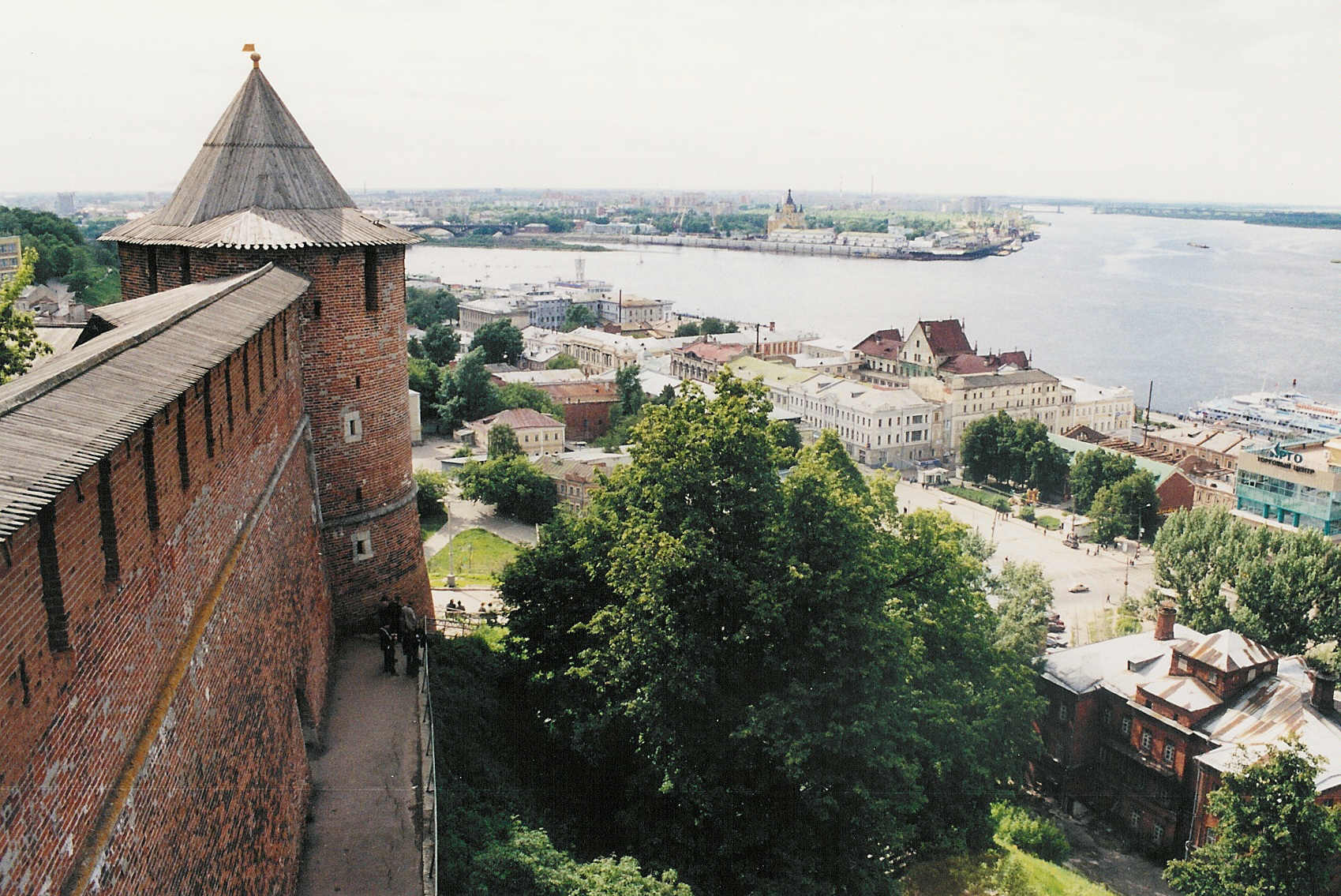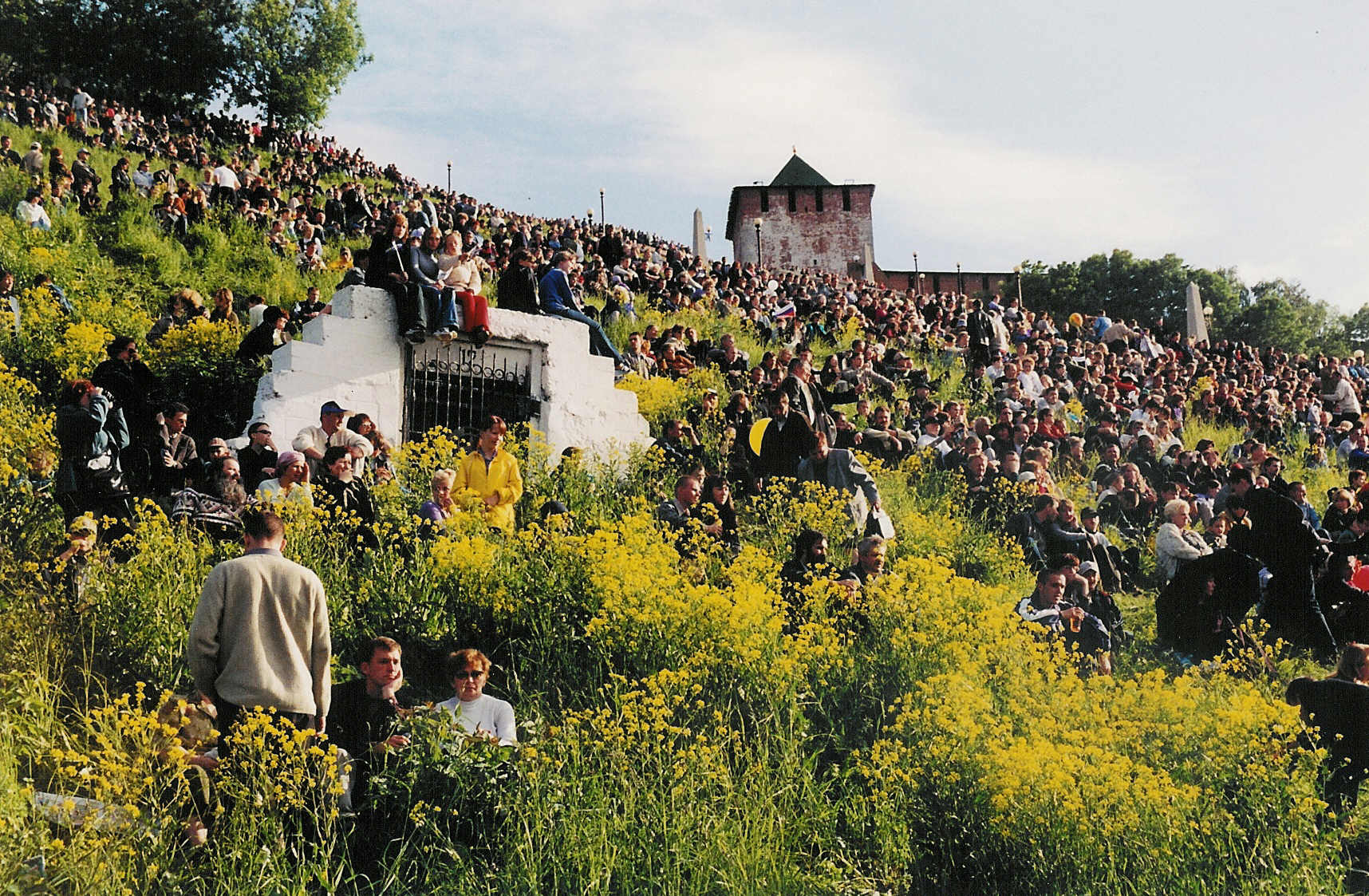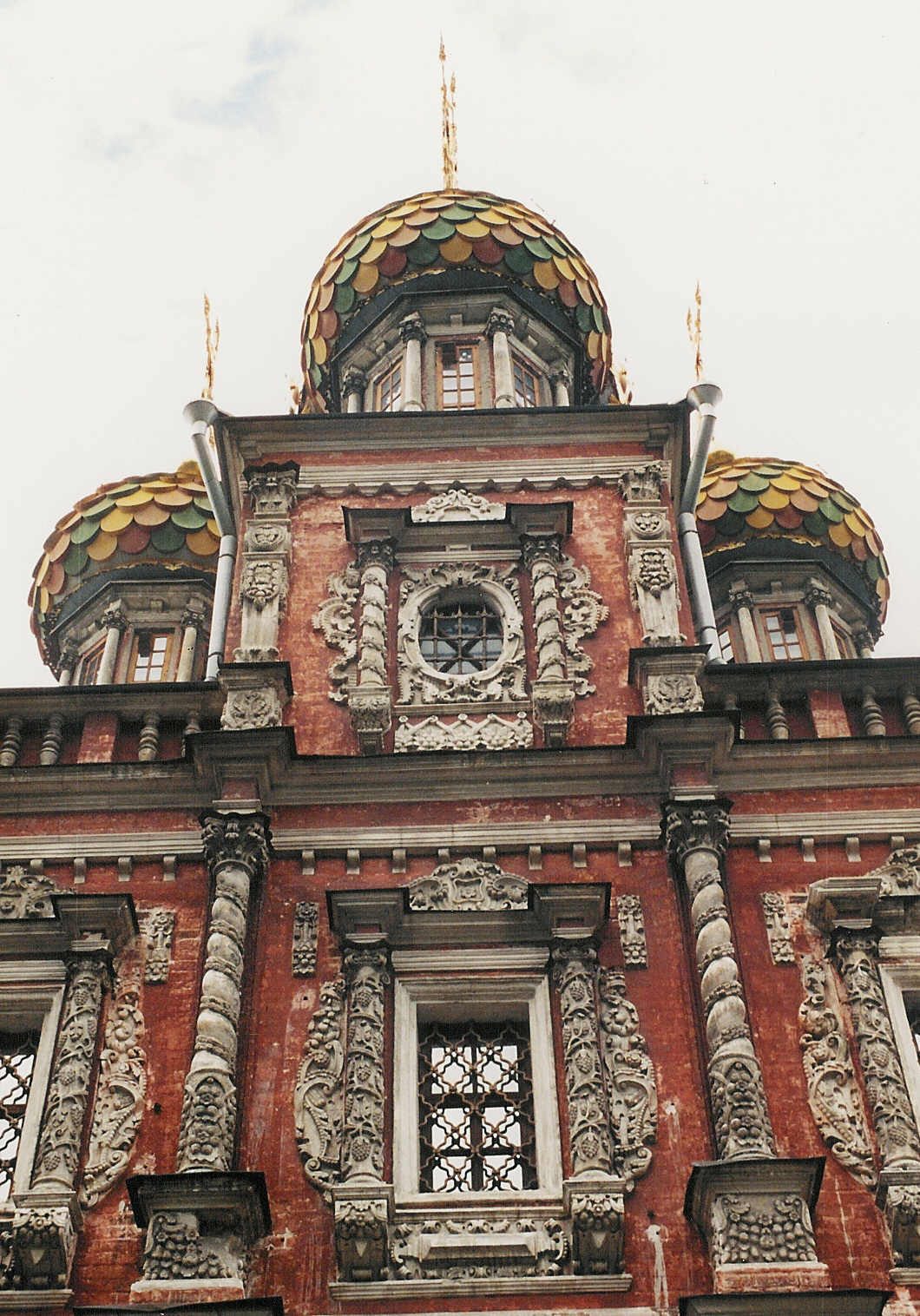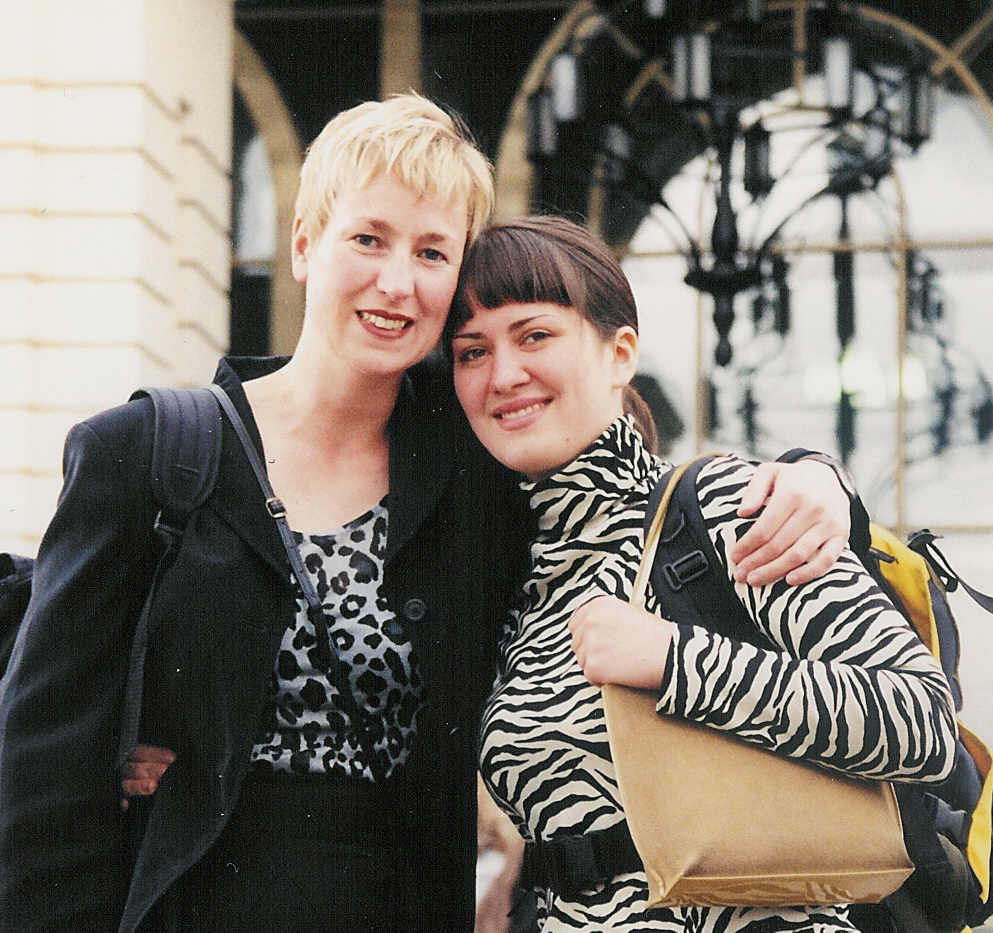Petra's homepage
Experiences of a Dutch Journalist
Trans Siberian Railway, 2-13 June 2003
Many foreigners mainly think of Moscow when they think of Russia. The exquisite way to get a real idea of the size and diversity of Russia is to travel by Trans-Siberian Railway from Vladivostok to Moscow through eight time zones over a vast 9,289 kilometres of taiga, steppe and desert. The editorial staff of the Sakhalin Independent made the journey from 2-13 June 2003, started in Khabarovsk, made stopovers in Ulan Ude, Irkutsk, Krasnoyarsk, Yekaterinburg, Perm and Nizhny Novgorod and arrived in Moscow on June 13.
Our first train is the 'Rossia', the best train in the country. Recently completely refurbished. It even smelled new...
The interior. The restaurant of the 1st class compartment offers basic Russian food.
This is what I mean with diversity... I never knew Russia actually had Buddhist monks... This is Ulan Ude. Defenitely worth a stop over if you make the journey.
Featuring Yulia Nikishina as Grace Kelly... Nearly everyone that takes the Trans Siberian Railway stops in Irkutsk to see Lake Baikal. Transportation to the lake is bad, maybe a bus every hour... Amazing when you realize millions of people go to the lake every year. We didn't find it that beautiful - but it didn't help that is was awfully cold. We did find it very thrilling, as Yulia found a GUN hidden under a blanket...
Russians don't eat the food from the restaurant. They buy it on the platform.
Most tourists make a stop over in Novosibirsk, but because there is not much to see there, we go to Krasnoyarsk instead. It was a surprisingly pleasant experience. The city was closed to foreigners until late in the Soviet period because of concentration of defence-related industries. I imagined it to be a horrible place, due to it's huge uranium mine: an underground city that used to be wrapped in a shroud of secrecy. It’s no problem to get there according to the taxi drivers, but there is no way we can get permission to enter the mine because it’s the weekend. Alternatively, we go to the River Yenisey. When we got there, the weather was good and dozens of youngsters were meeting up near the river.
This is Sverdlovsk 19, a former biological weapon plant in Yekaterinburg, previously know as Sverdlovsk. In1979, an incident caused the death of at least 66 people of infection with anthrax. A small amount of anthrax was released into the open air due to a missing filter. It was the biggest outbreak of anthrax in the twentieth century. Russia’s explanation for the outbreak until today is the consumption of contaminated meat. The factory was closed after the incident, but anthrax production at other facilities was increased.
I just had to see for myself what it looked like now. I hope no anthrax is still stored there, because it is quite easy to get inside, as you can see in the picture. Yulia and me even tried to get an interview with the director, but he said we needed accreditation from Moscow to get inside.
Yekaterinburg is especially known as the city where Tsar Nicholas II and his family were killed in 1918 by the Bolsheviks in the basement of the house where they had been held. Six years later, the town was renamed Sverdlovsk, after Yakov Sverdlov, a leading Bolshevik who was thought to have arranged the murders.
Basically the only interesting tourist site is the place where the Romanovs were killed. The spot – attracting thousands of visitors every year - is marked with a small cross.
Next to it, a bigger memorial is being constructed in the form of a huge cathedral. What happened to the bodies of the Romanovs after their deaths is still a riddle. After decades of rumour, speculation and investigations, experts finally pieced the story together. In 1991, archaeologists found the bones of nine people, then identified as Tsar Nicholas II, his wife Tsarina Alexandra, three of four daughters, the royal doctor and three servants. Son Alexey and daughter Anastasia – aged 17 in 1918 - were thought to be missing. New techniques using DNA identification lead to the conclusion that not Anastasia, but daughter Maria was missing. Her and Alexey’s remains are still undiscovered.
In 1998, the royal remains were buried in the Peter and Paul Cathedral in St. Petersburg, the resting place of most of Nicholas’s predecessors back to Peter the Great.
Unlike most other tourists, we make a stopover in Perm, because we want to see Perm-36, built as a timber production Gulag camp in 1946 under Joseph Stalin. In 1972, Perm-36 was converted into the primary location of imprisonment for people charged with political crimes. Many of the USSR’s most prominent dissidents served their sentence here. It was one of the last camps within the Soviet Union to hold political prisoners; it was only closed in 1987. It is in relatively good condition compared to other Gulag camps, where often nothing remains. Over the past few years the camp is being reconstructed with the help of human rights organisations.
In the picture the jail. Prisoners could be sentenced for up to 15 days in jail for a missing button on a shirt. A cell of four by three held four prisoners; the only furniture being wooden beds, a concrete table and concrete chairs. Water and food was rationed. However, the biggest punishment was the low temperature, it was kept at 18 degrees centigrade and prisoners didn’t get blankets. We experience it ourselves; we’re only inside the building for 15 minutes and are already cold to the bone.
Perm-36 is definitely worth a visit, but it is located far outside the city. There's no busses going there, so you need to take a taxi. Yulia (who is Russian...) negotiated 100 dollars for a return trip.
The Kremlin in Nizhny Novgorod, not to be confused with the Moscow Kremlin (kremlin translates into fort). This city is a bit off the track of the Trans-Siberian Railway, but we wanted to make our last stop over here because in a sense, Russian history began here; Novgorod was here by the 9th century and for 600 years was Russia’s most pioneering and artistic political centre.
The Kremlin in Nizhny Novgorod is actually a huge park that is open to the public 24-hours a day. It's 12 June, Independence day, and thousands of people are using the grass hill of the Kremlin as a stand to see the performance of famous singers.
The Byzantine Cathedral St Sophia that was finished in 1050 is said to be the oldest building in Russia. It is also one of the most beautiful buildings we have seen during our trip.
On 13 June at 06.15 we arrive in Moscow after an 11-day journey. Summarizing our experience we can say that we have seen some more of Russia, but we cherish no illusions that we’ve seen it all. And even if we would manage to see everything, Russia would always be somewhat of a mystery, as it can take a lifetime for a foreigner to understand the Russian ‘dusha’ (soul). For me, it's time to say goodbye to Russia. Yulia goes back to Sakhalin to continue the Sakhalin Independent and I go back to Holland. Although we had a great time together (how can I ever thank you Emile...), Emile and me decide to go separate ways after 4,5 years of marriage. I will now try to find a job in journalism in The Netherlands. Living in Russia for three years has been a marvelous experience. If I will return to Russia? Never say never!
Do you want to read more about the Trans-Siberian Railway? Then read the following article: Trans-Siberian Railway shows Russia’s many different faces
